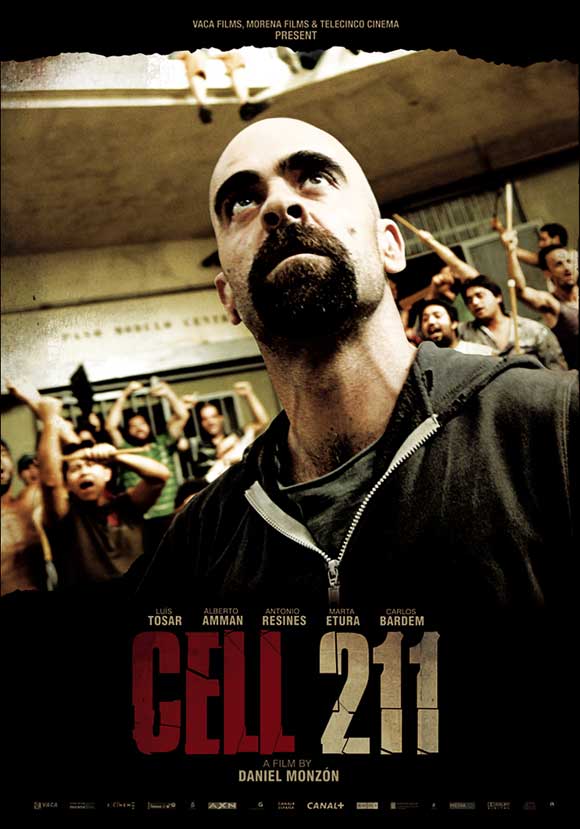I love the horror genre and when I see a film that’s succeeded in frightening me - since it so rarely happens these days - I do a little celebratory dance.
Ok, I don't really do a dance but I do feel like I've found a little bit of treasure and feel the need to celebrate, as I did recently after watching
Mirrors (2008). Not that I didn't see that coming because, as with
haunted houses,
evil children,
bodily mutations and
clowns,
mirrors freak the hell out me out.
But, I wondered, why
do mirrors freak me out?
I suppose it stems from being taught about a mirror’s cursed other worldliness from an early age; what other everyday household object can bring bad luck?
Aside from this pervasive superstition art, myths, literature and film also contribute to imbuing mirrors with a sinister side.
From Perseus’ mirrored shield fatally casting Medusa’s reflection back on herself, to the magical mirror in the Brothers Grimm's
Little Snow-White (1812) and Lewis Carroll’s
Alice Through the Looking Glass (1871) where the mirror acts a portal into another world (the imagination); mirrors transcend being just reflective to something altogether more powerful, holding infinite possibilities.
For some reason I’
ve always found the convex mirror which lies in the background between the married couple in Jan Van Eyck’s
Arnolfini Wedding Portrait (1434) eerie. Even though it reflects the two people in front of the couple (possibly the artist, or witnesses), when it's viewed from a normal distance the reflected people could be perceived to be the viewer, bringing the painting creepily to
life.
Surrealist painters
M. C Escher and
Salvador Dali have both painted themselves caught in a mirror’s reflection. And Escher painted a
self-portrait in which he’s framed in a mirror, as if he’s standing behind the mirror, peering out at the viewer.
In films, mirrors are widely used to the point of becoming a
cliché: how many times have you seen a protagonist looking into a shattered mirror to symbolise split personality; or the reflections of two people caught in two separate mirrors to symbolise distance in a relationship.
But it’s specifically in the horror genre that mirrors come into the fore, and where better to start than on another mirror
cliché: the bathroom mirror shock-cut. You've probably seen it many times before but it still can work, playing on a knowing anticipation.
Mirrors can sometimes lead to other worlds, as in Carroll’s Alice. Jean Cocteau played with mirrors and in Blood of a Poet (1932) and
Orphee (1950) they lead to a different dimension where simple camera trickery (reverse photography and slow motion) help . And with
Evil Dead I & II (1981/87) Sam
Rami followed suit with mirrors that have watery surfaces and get up to malevolent tricks - at one point nearly causing the lead protagonist to strangle himself.
Malevolent mirrors are not unusual, capitalising on the power they have to lie and corrupt those that stand in front as in the portmanteau films
Dead of Night (1945) and
From Beyond the Grave (1973) where the mirrors cause their owners to, respectively, attempt suicide or commit murder in order to feed the mirror.
It’s scary when mirrors don't do their job and choose instead to lie like in
Dolores Claiborne (1995) where a character looks at herself in a mirror only to confronted by her back; a conceit which may have been lifted from Rene Magritte’s Portrait of Edward James (1937).

Mirrors are also used as fetishistic objects as the Tooth Fairy killer in
Manhunter (1986) does, putting shards of mirror in his victim’s eyes, or in
Peeping Tom (1960) whose psychopath records his victims watching their own death distorting reflected in a mirror.
For me, the most audacious mirror scene in a horror film has to be in
Deep Red (1975) where the killer can be spotted in a mirror 90 minutes before identity of the murderer is
unveiled.
And finally, on a lighter note, my favourite mirror scene is the reflection dupe in
Duck Soup (1933) where
Groucho and
Harpo battle it out, mimicking their increasingly bizarre routines to maintain the illusion of passing a mirror to great, classic, comedy effect.








